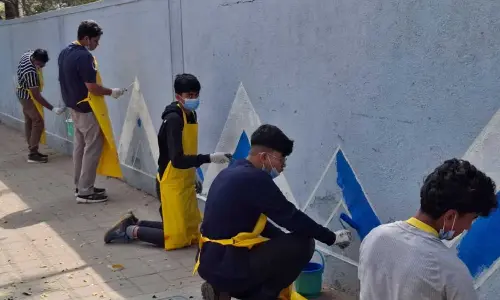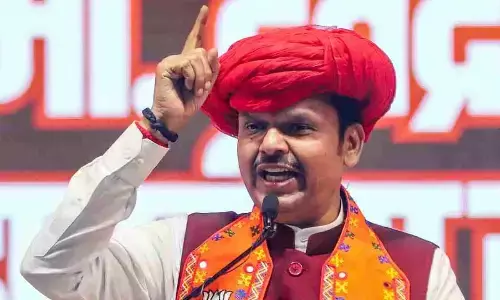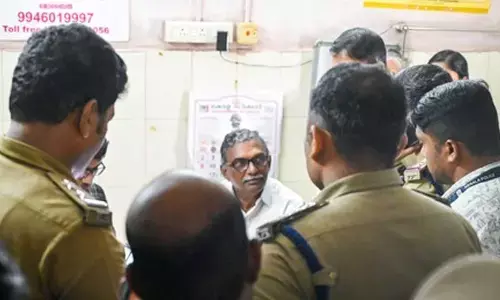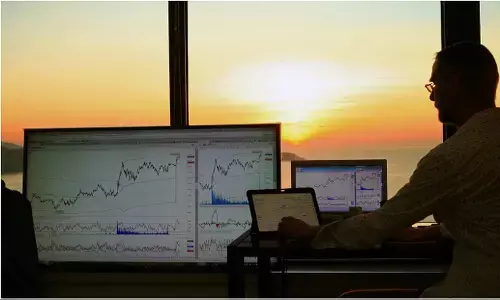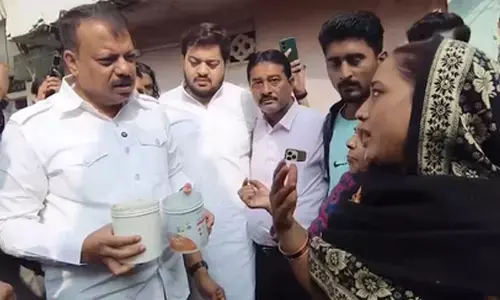Even with higher penetration, only half of urban slum households use LPG exclusively
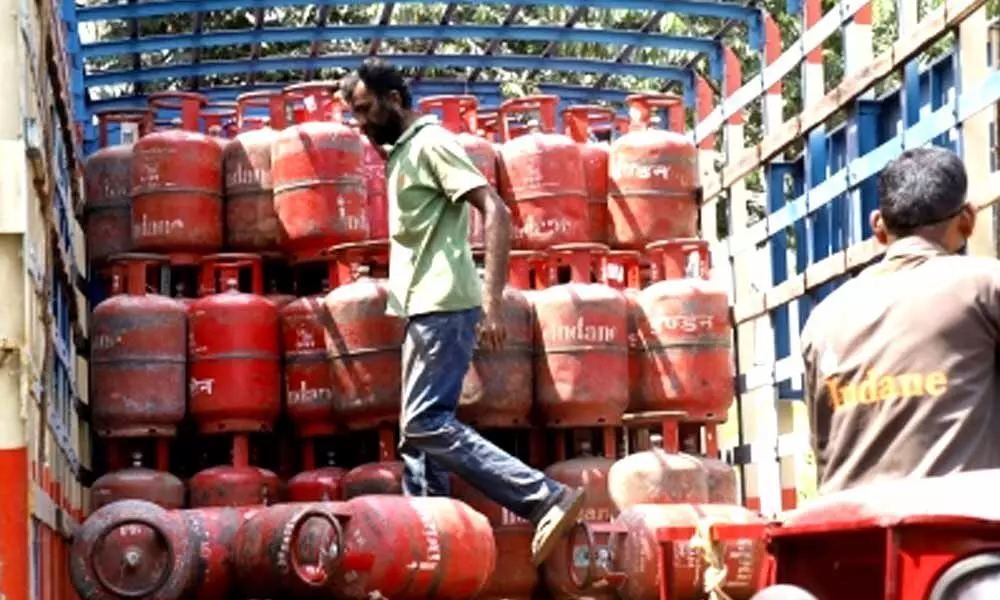
Even with higher penetration, only half of urban slum households use LPG exclusively (Photo/IANS)
Even as government claims to have taken cooking gas penetration in the country to over 99 per cent of households, an independent study on the usage of the LPG shows that very few households
New Delhi: Even as government claims to have taken cooking gas penetration in the country to over 99 per cent of households, an independent study on the usage of the LPG shows that very few households, even in urban areas, use the cleaner fuel in their kitchen.
According to a recently released independent study by the Council on Energy, Environment and Water (CEEW), only half of the urban slum households in the states of Bihar, Chhattisgarh, Jharkhand, Madhya Pradesh, Rajasthan, and Uttar Pradesh, use LPG exclusively.
This is in spite of 86 per cent of urban slum households in these states having an LPG connection. The six states account for nearly a quarter of India's urban slum population.
Further, 16 per cent of the households are still using traditional fuels such as firewood, dung cakes, agriculture residue, charcoal, and kerosene as their primary fuel and over a third are stacking LPG with these polluting fuels. This increases exposure to indoor air pollution for such households.
The findings are based on CEEW's Cooking Energy Access Survey 2020 conducted in urban slums across the six states. The survey covered 656 households across 83 urban slums, notified and non-notified, in 58 districts.
Arunabha Ghosh, CEO, CEEW, said, "As part of the next phase of the Pradhan Mantri Ujjwala Yojana (PMUY), the government must target poor households without an LPG connection in urban slums. Policymakers must also nudge oil marketing companies and distributors to improve home delivery of LPG refills in slum areas to increase exclusive use of LPG. Also, as the LPG refill prices rise, the government must target vulnerable households - beyond PMUY beneficiaries - with differential subsidy support for using LPG in a sustained manner."
Shaily Jha, Research Analyst at CEEW and lead author of the study, said, "A significant share of the urban slum population is struggling to afford using LPG for all their cooking, especially due to the rising fuel prices and the economic impact of the pandemic. Further, given that the number of Ujjwala beneficiaries living in urban slums is low, majority of slum households remain ineligible for relief support in the form of free cylinders under the PM-Garib Kalyan Yojana. We suggest that major government programmes, such as the National Urban Livelihoods Mission and social service allocations for housing, should use existing targeting approaches to include access to clean cooking energy within their ambit of services for the poor."
The CEEW study also found that only about 45 per cent of households use LPG as their primary fuel in winter. Further, three-fourths of households using polluting fuels cook inside the main house and two-thirds do not have a chimney for ventilation. This indicates high exposure to household air pollution, primarily for women and children. Long-term exposure to emissions from biomass burning also makes the population more vulnerable to the severe risks of COVID-19 infection.
The CEEW study highlights that 37 per cent of LPG-using slum households do not receive doorstep delivery of cylinders, an important factor influencing LPG's exclusive use. The study further found that only in half the households women decide whether or when to purchase LPG refills, indicating women's limited participation in decision-making.
The study recommends leveraging platforms like LPG Panchayats to increase awareness regarding the process of subsidy calculation and disbursement for households. The intrahousehold decision making regarding refill purchase remains dominated by male members, increased awareness about actual expense on the refills may lead to improving women's bargaining power within the household.








